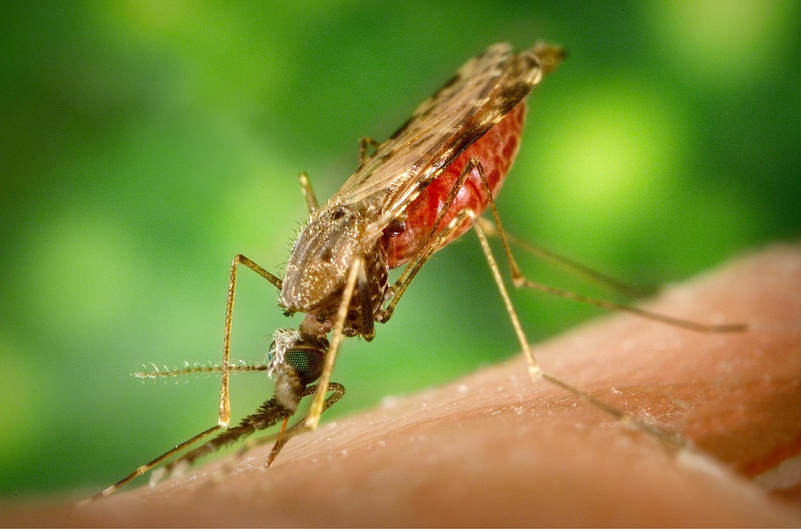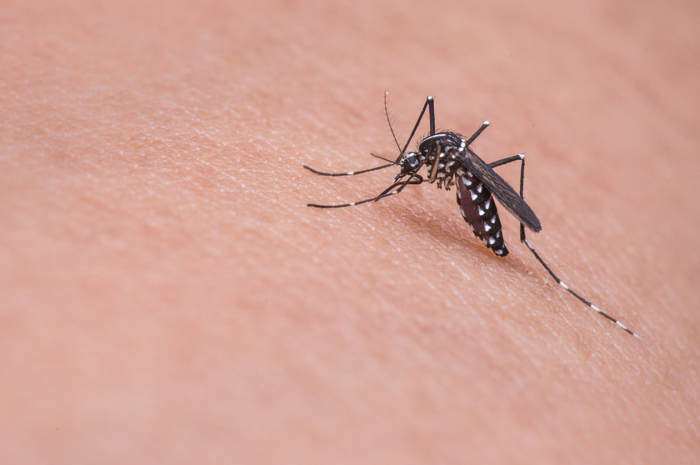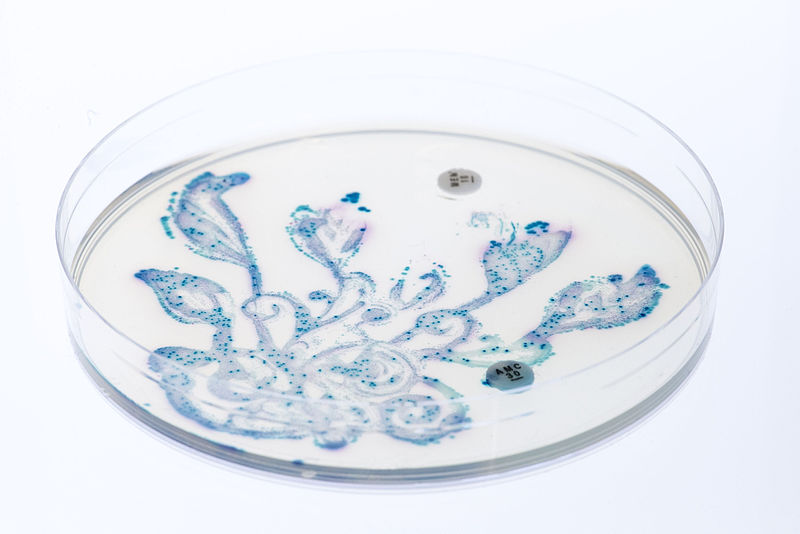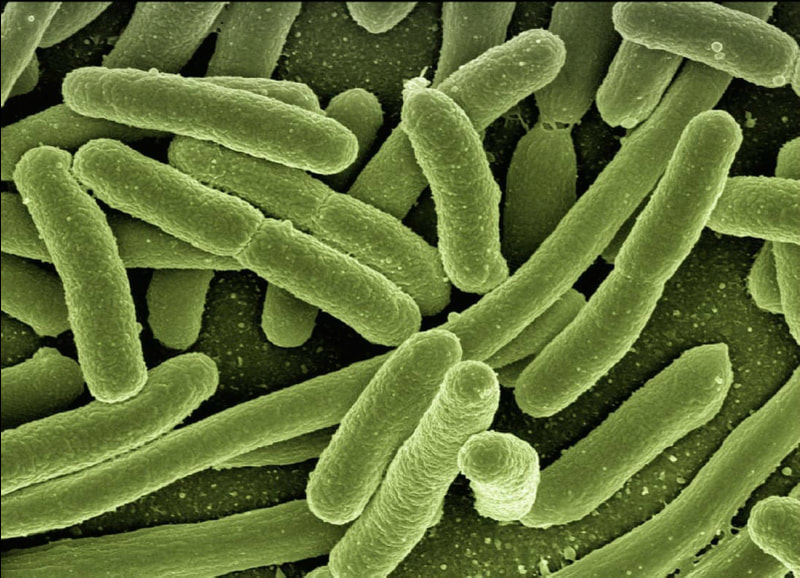“Malaria Perfume” Attracts Mosquitoes to Humans
Evolutionary medicine is an interdisciplinary field that brings the concepts of evolution and adaptation in conjunction with the field of health and medicine. This field, in part, is dedicated to understanding the complex relationships between pathogens and their hosts as well as the coevolution that occurs as a result of this ongoing evolutionary arms race. As hosts acquire adaptations to protect themselves against threats, the threats themselves (microorganisms, for example) increasingly gain traits that can give them an advantage in infecting hosts again. This back-and-forth is called the evolutionary arms race, and it is an ongoing process that never stops since evolution is always in action.
This idea of the evolutionary arms race can be applied to a new study that has found that the malaria parasites can give their human hosts a certain odor that is attractive to mosquitoes. In this scenario, the mosquitoes act as “vectors” of malaria. A vector is an organism that acts as a medium through which infectious diseases can be transmitted. Because mosquitoes acquire their food by puncturing the skin of animals such as humans and are not negatively affected by the malaria parasite themselves, they are the perfect medium through which malaria can be passed from organism to organism. By doing this, the malaria parasites take advantage of the mechanism through which mosquitoes feed and, therefore, are constantly able to find new human hosts.
This idea of the evolutionary arms race can be applied to a new study that has found that the malaria parasites can give their human hosts a certain odor that is attractive to mosquitoes. In this scenario, the mosquitoes act as “vectors” of malaria. A vector is an organism that acts as a medium through which infectious diseases can be transmitted. Because mosquitoes acquire their food by puncturing the skin of animals such as humans and are not negatively affected by the malaria parasite themselves, they are the perfect medium through which malaria can be passed from organism to organism. By doing this, the malaria parasites take advantage of the mechanism through which mosquitoes feed and, therefore, are constantly able to find new human hosts.
Image Source: mikadago
Recently, researchers have discovered another evolutionary strategy that the malaria parasites utilize to proliferate through the vector-host medium. According to the results of a series of experiments, the presence of malaria causes its host to have an odor that attracts mosquitoes. In these experiments, scientists gathered socks from Kenyan children infected with malaria parasites, as well as socks from people who did not have malaria. Then, they observed whether mosquitoes would flock towards one or the other; the results showed a high preference towards the socks of infected children as the researchers predicted. A few weeks after the first experiment, the researchers took socks from the same children, who were no longer infected with malaria. They performed the same experiment, which showed in the new run that mosquitoes were no longer attracted to those socks, even though they had come from the same children a few weeks prior.
The findings from this study allow scientists to identify yet another clever evolutionary strategy used by malaria parasites. Creating an odor in humans that is attractive to mosquitoes gives mosquitoes an incentive to feed off infected people. In turn, those mosquitoes will acquire the malaria parasites, making them new vectors of the disease. With more vectors, the malaria parasites have more opportunities to infect hosts and proliferate through the population. This finding is incredibly intriguing and allows scientists to get a better understanding of the strategies that malaria uses to multiply. Hopefully, this finding can help to determine ways to manage outbreaks of malaria, as well as contribute to understanding the field of evolutionary medicine.
The findings from this study allow scientists to identify yet another clever evolutionary strategy used by malaria parasites. Creating an odor in humans that is attractive to mosquitoes gives mosquitoes an incentive to feed off infected people. In turn, those mosquitoes will acquire the malaria parasites, making them new vectors of the disease. With more vectors, the malaria parasites have more opportunities to infect hosts and proliferate through the population. This finding is incredibly intriguing and allows scientists to get a better understanding of the strategies that malaria uses to multiply. Hopefully, this finding can help to determine ways to manage outbreaks of malaria, as well as contribute to understanding the field of evolutionary medicine.
Featured Image Source: ArtsyBee
RELATED ARTICLES
|
Vertical Divider
|
Vertical Divider
|
Vertical Divider
|






